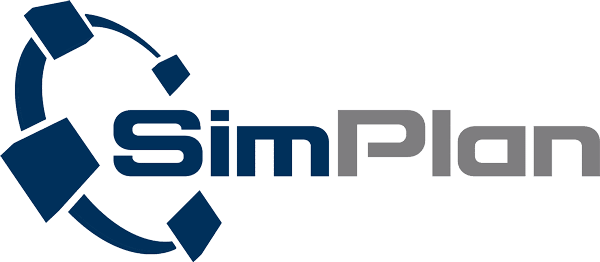How is the control technology protected and secured within a simulation project?
Of course, a lot of our customers’ know-how flows into the simulation models for our customers. How is this secured? We talked about this with Dirk Wortmann:
“First of all, of course, in the classical way, i.e. we conclude a non-disclosure agreement. However, this does not guarantee the customer that the control code will not be transferred to other projects. For this purpose, we conclude development partnerships if necessary. One example is the automotive modular kit, which is used today by many car manufacturers in Germany.
In principle, there is a basic standard that everyone has agreed on.
That is what everyone uses, e.g. certain conveyor technology standards. And then there are manufacturer-specific control strategies that are covered in their own sub-libraries. This means that we are not mixing up Volkswagen with BMW and Daimler, to mention specific names, but there is a separate version of this building block for each and these elements may also only be used in this specific project.
Then there is also the frequent situation where a customer wants to award a project and says to the system supplier: “Please prove to us by simulation that what you are offering us works best.”
In such cases, we usually do it in such a way that we choose employees from different locations and everyone gets the task of mapping a system supplier. The employees do not communicate with each other and there is no exchange of project internals.
The end customer knows that too. This makes a fair comparison possible and is the only way to evaluate the offer correctly. The IP, the control intelligence of the system supplier, thus remains on the side of the system supplier.
Furthermore, we do not usually store manufacturer-specific controls in our libraries.
Unless the customer wants to reuse this library for his own projects.
But there is a large standard box of components for various areas, such as warehouse logistics. I already mentioned automotive, for other manufacturing areas as well, where in principle 80-90% of the standards we need are mapped. And what comes on top is then what we map individually in the project accordingly.”
But then the next question arises: How can I continue to use this model? More on this in the next article.

